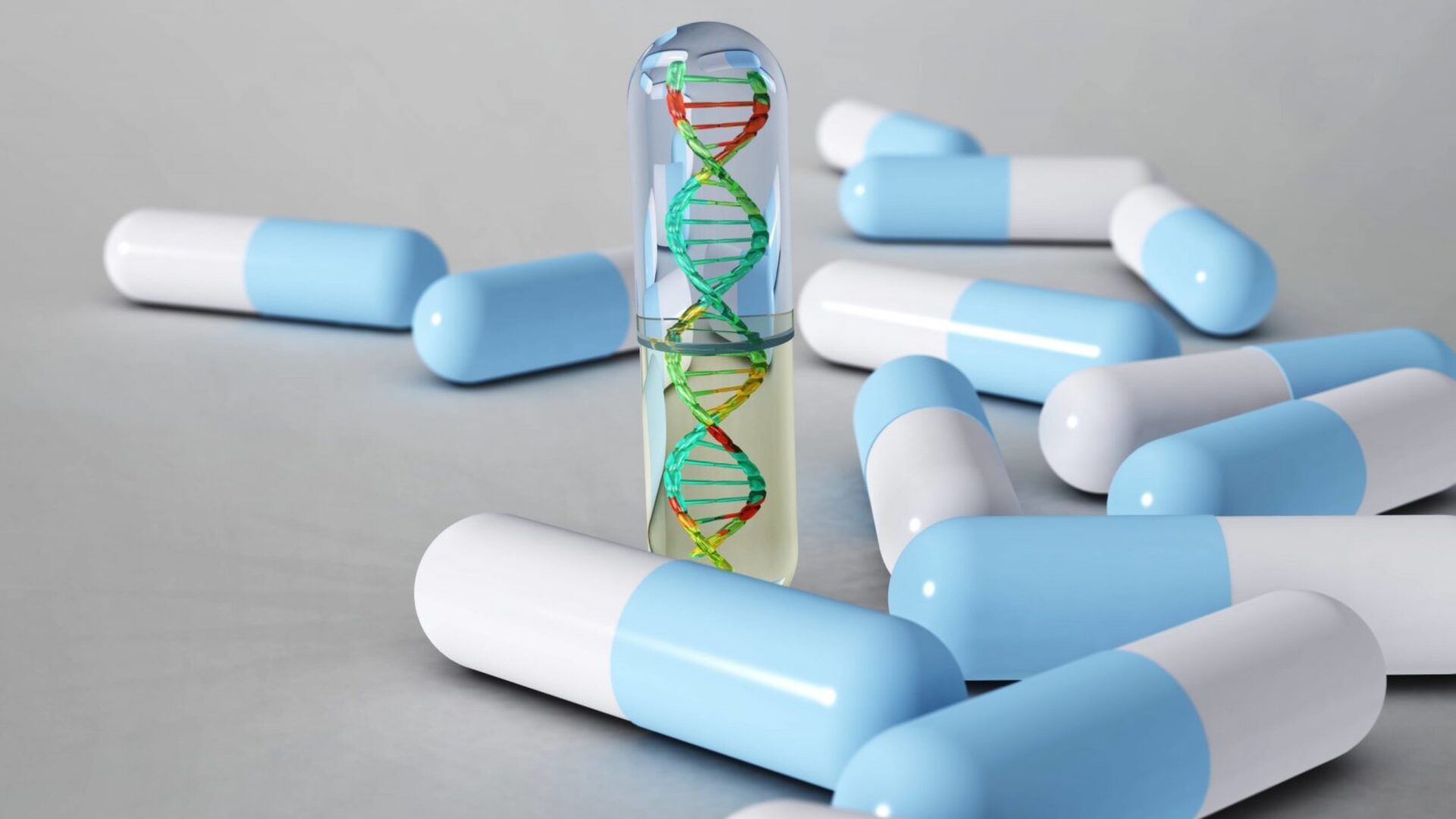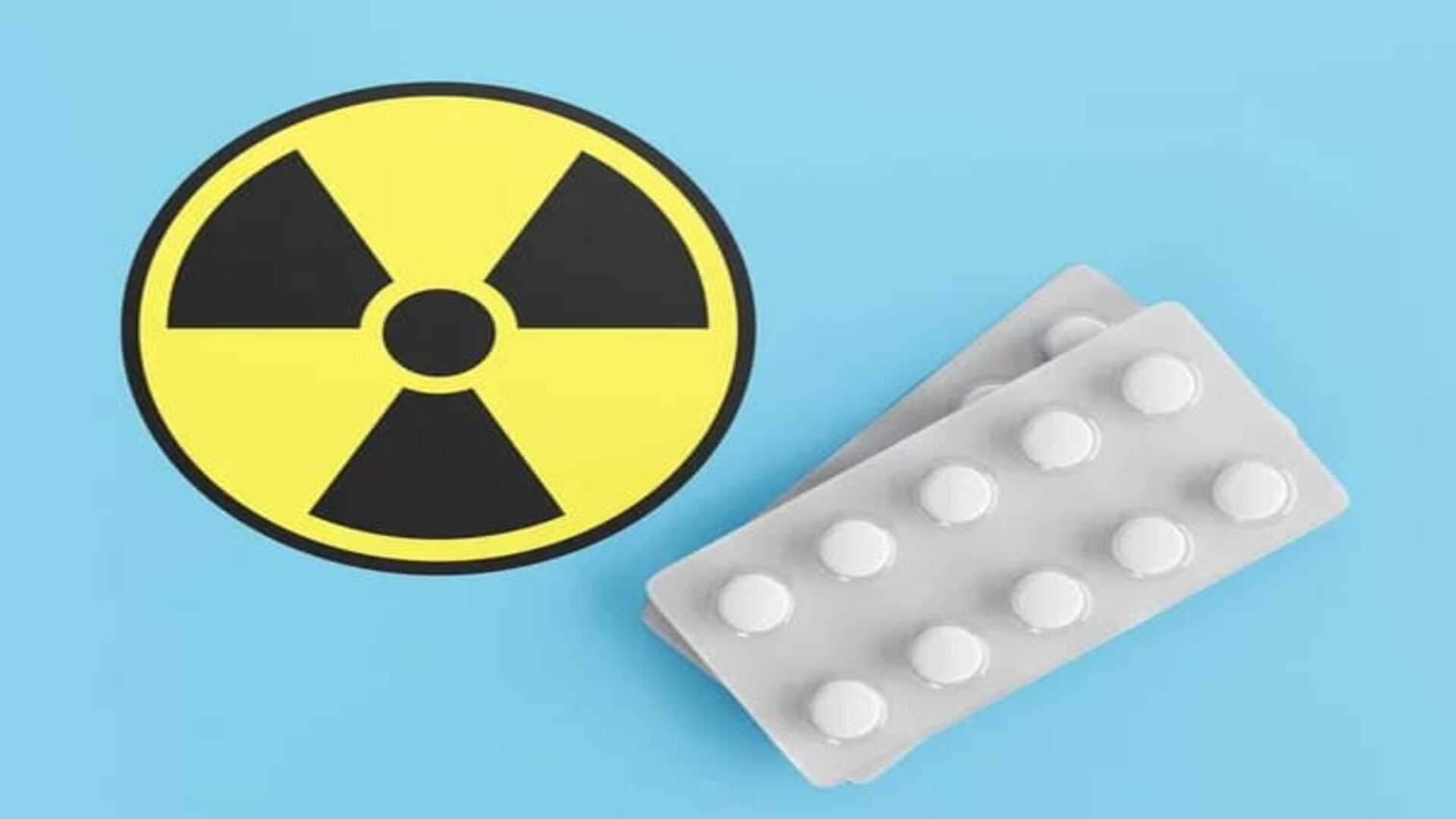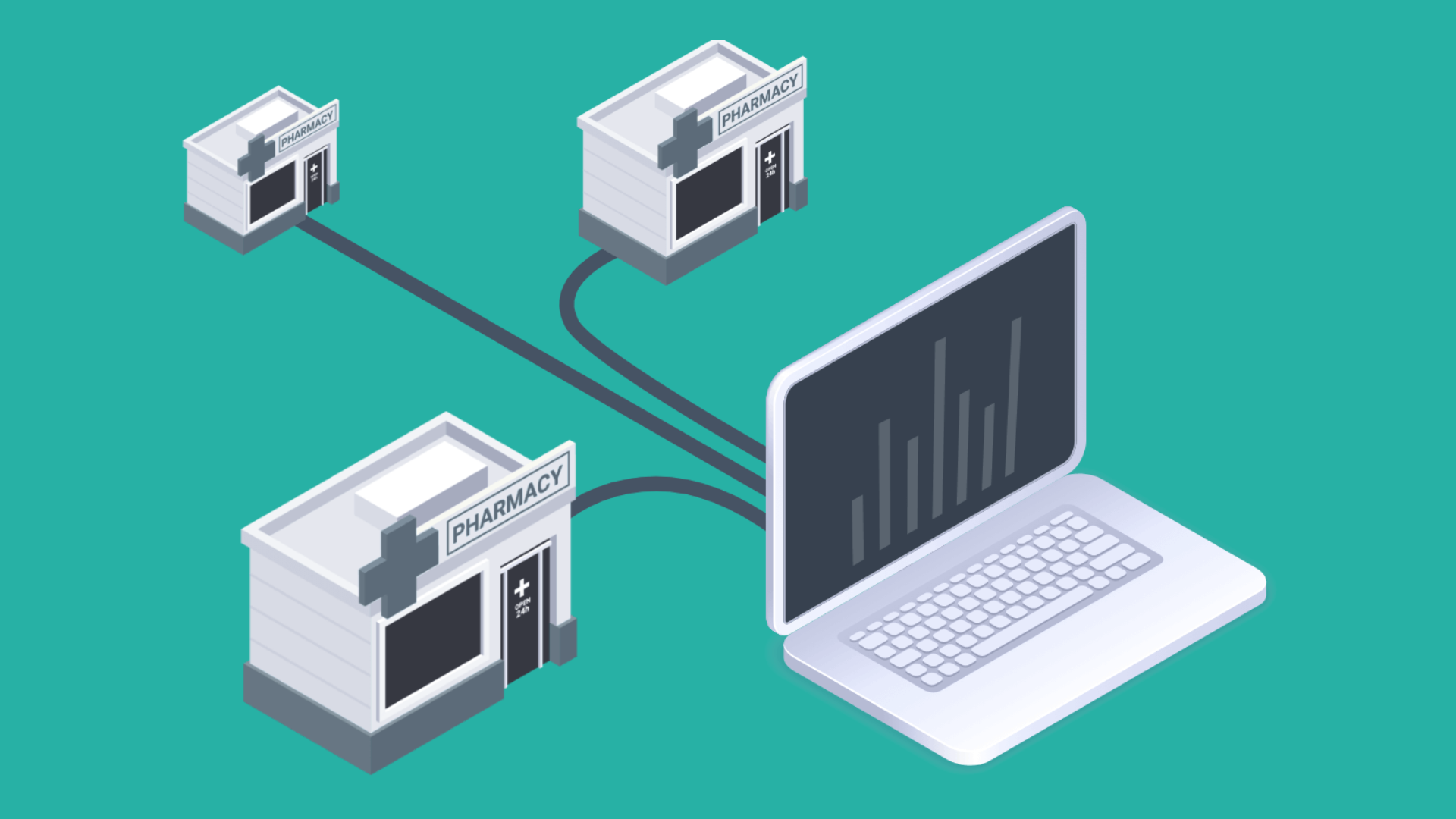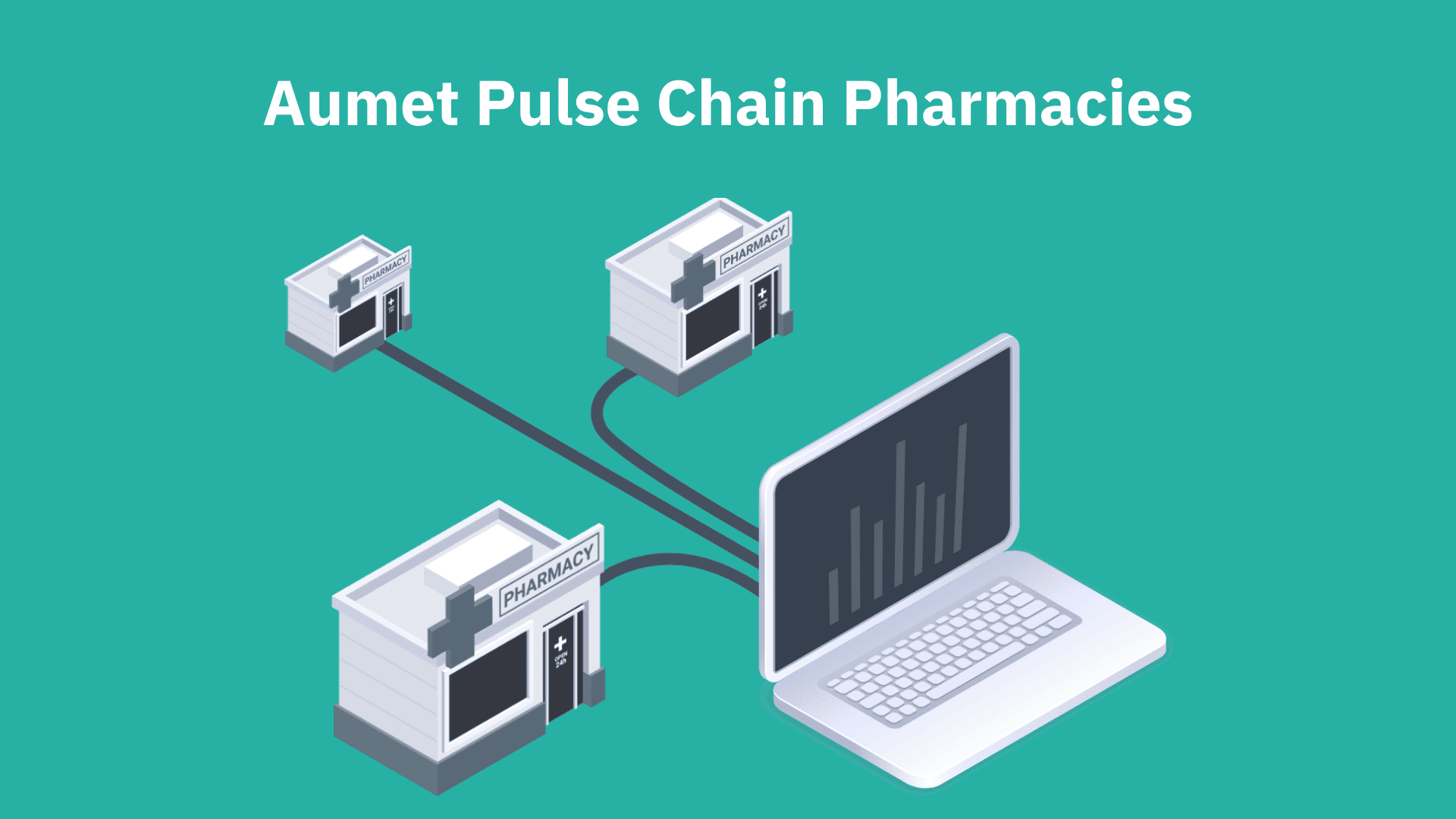Introduction
Have you ever been advised to avoid grapefruit juice while on certain medications? It may seem odd, how can a healthy drink like juice interfere with your meds?
The explanation lies in your liver, where a vital group of enzymes known as CYP450 (short for Cytochrome P450) is essential for metabolizing the majority of the drugs you consume. These enzymes function like your body’s internal cleanup team, metabolizing medications to allow them to perform their functions and exit your system safely. However, here’s the catch: if anything inhibits or enhances these enzymes, such as another medication, supplement, or even certain foods, it can significantly alter the effectiveness of your prescription.
In this article, we’ll explain the function of CYP450 and illustrate how it can lead to drug interactions, including familiar real-life examples. Whether you’re an inquisitive patient or a healthcare student, this is your straightforward guide to one of the most crucial (yet frequently overlooked) systems in medicine.
What is CYP450?
CYP450 refers to a superfamily of enzymes, most of which are found in the liver, your body’s main detox organ. These enzymes are in charge of metabolizing, or chemically breaking down, a wide range of compounds, including poisons, drugs, and even certain hormones.
You can think of CYP450 enzymes as your body’s drug-processing machines. When a drug enters your system, these enzymes help convert it into a form that’s easier for your body to use or eliminate. Some drugs need to be activated by these enzymes (called “prodrugs”), while others are simply inactivated so they can be safely cleared from your system.
Why Is This Important?
Since CYP450 enzymes are essential for the breakdown of many medications, anything that alters their function can alter how drugs behave in your body. Risky drug interactions may result if the enzymes function too slowly or too quickly, caused by another medication, a supplement, or even a specific food.
To put it differently, CYP450 enzymes can play a significant role in the safety and efficacy of your drugs rather than just silently carrying out their duties in the background.
Key CYP450 Enzymes :
1- About half of all medications are metabolized by CYP3A4, the most significant and prevalent CYP enzyme in the liver. It breaks down drugs like certain antibiotics, calcium channel blockers, and statins. Additionally, grapefruit juice affects this enzyme, which can result in dangerous medication interactions.
2- About 25% of medications, including beta-blockers, antidepressants, and opioids like codeine, are processed by CYP2D6. Because of genetics, this enzyme varies greatly from person to person; some people metabolize medications too rapidly or too slowly, which can affect how well the drug works or how severe the adverse effects are.
3- Warfarin, NSAIDs (such as ibuprofen), and anti-seizure medicines are broken down by CYP2C9. Some people may be more susceptible to bleeding with warfarin due to genetic variations in this enzyme.
4- Proton pump inhibitors, such as omeprazole, and the blood thinner clopidogrel are metabolized by CYP2C19. Clopidogrel may not be activated properly in people with low CYP2C19 activity, which reduces its ability to prevent blood clots.
5- Acetaminophen (paracetamol) and alcohol are broken down by CYP2E1. Because it can turn acetaminophen into a toxic metabolite (NAPQI) if the dosage is too high, it’s especially crucial in overdose cases.
Two Main Ways CYP450 Causes Drug Interactions:
1. Inhibition (Enzyme Slowing Down)
CYP450 enzyme activity can be inhibited by certain medications or substances. We refer to this as enzyme inhibition. As a result, more of the medication remains in your system for longer than is necessary since it is not broken down as quickly.
For instance, consuming grapefruit juice with the cholesterol-lowering medication simvastatin may result in an excess of the medication in your body since it inhibits the CYP3A4 enzyme. You run a higher risk of experiencing severe adverse effects, such as muscular damage (rhabdomyolysis).
Fluconazole is a potent CYP2C9 inhibitor and a frequently prescribed antifungal drug. This indicates that it inhibits the enzyme that breaks down the blood thinner warfarin.
Fluconazole increases the risk of bleeding, which can be harmful, because it slows down the metabolization of warfarin, causing it to build up in the body.
2. Induction (Enzyme Speeding Up)
Enzyme induction is the process by which certain medications or substances increase the activity of CYP450 enzymes. As a result, your body breaks down medications too quickly, preventing them from working as intended.
For instance, if you take rifampin, an antibiotic that causes CYP3A4, while taking oral contraceptives (birth control pills), your body may eliminate the contraceptives too quickly, decreasing their effectiveness and raising your risk of becoming pregnant.
Another example is a common herbal supplement used to treat mild anxiety or depression, St. John’s Wort is a CYP3A4 inducer. This indicates that it increases the enzyme’s activity, which causes the body to metabolize some medications more quickly than usual.
St. John’s Wort can decrease blood levels of HIV drugs (such as protease inhibitors), oral contraceptives, and antidepressants.
The outcome?
Antidepressants could no longer be as effective.
Birth control might not work.
HIV medication can stop working, which would raise the possibility of viral resistance.
The Importance of Healthcare Providers in Managing CYP450 Drug Interactions:
When it comes to promoting medication safety, one critical (yet often unnoticed) responsibility of healthcare providers is managing drug interactions, particularly those involving the CYP450 enzyme system. These liver enzymes are crucial for metabolizing the majority of medications, and when their activity is altered by another substance, it can result in unanticipated or harmful effects.
1. Identifying Interactions
Physicians, pharmacists, and nurses typically examine a patient’s complete medication list,including supplements and over-the-counter products, to detect potential interactions associated with CYP450.This preventive measure helps prevent such issues
2. Utilizing Clinical Resources
Providers make use of drug interaction databases and clinical software like CPIC and PharmGKB to determine if one medication could influence the metabolism of another through CYP450 enzymes. These resources facilitate evidence-based choices at the point of care.
3. Modifying Treatment Approaches
If a significant interaction is identified, the healthcare team may alter the medication dose, prescribe a different drug, or adjust the timing of administration. The ultimate aim remains the same: to preserve the drug’s efficacy while reducing side effects.
4. Ensuring Patient Safety
Certain interactions necessitate laboratory monitoring, such as assessing liver function, drug concentrations, or clotting times. Providers are aware of what to monitor and when, allowing them to detect problems early and protect patients.
5. Informing Patients
Educating patients is vital. Healthcare providers clarify the significance of disclosing all medications, including herbal supplements, and advise against combinations with items like grapefruit juice or St. John’s Wort.
6. Taking Genetics into Account
Some providers also employ pharmacogenetic testing to pinpoint patients who might metabolize medications either too rapidly or too slowly due to genetic variations in enzymes like CYP2D6 or CYP2C19. This tailored strategy can promote safer and more effective prescribing.
References:
1-FDA Drug Development and Drug Interactions: Table of Substrates, Inhibitors and Inducers
U.S. Food & Drug Administration (FDA)
https://www.fda.gov
2-Ingelman-Sundberg, M. (2005). Pharmacogenetics of cytochrome P450 and its applications in drug therapy: The past, present and future.
Trends in Pharmacological Sciences, 26(4), 193–200.
DOI: 10.1016/j.tips.2005.02.007
3-Zanger, U. M., & Schwab, M. (2013). Cytochrome P450 enzymes in drug metabolism: Regulation of gene expression, enzyme activities, and impact of genetic variation.
Pharmacology & Therapeutics, 138(1), 103–141.
DOI: 10.1016/j.pharmthera.2012.12.007
4-Lexicomp Drug Interactions Database
(via Wolters Kluwer Health, often available through institutional or hospital access)
5-National Institutes of Health (NIH) – MedlinePlus: Drug Interactions
https://medlineplus.gov/druginteractions.html
6-Katzung, B. G., et al. (2021). Basic and Clinical Pharmacology (15th ed.).
McGraw-Hill Education – Chapters on Drug Metabolism and Pharmacokinetics
Publish your article on Aumet blog!










